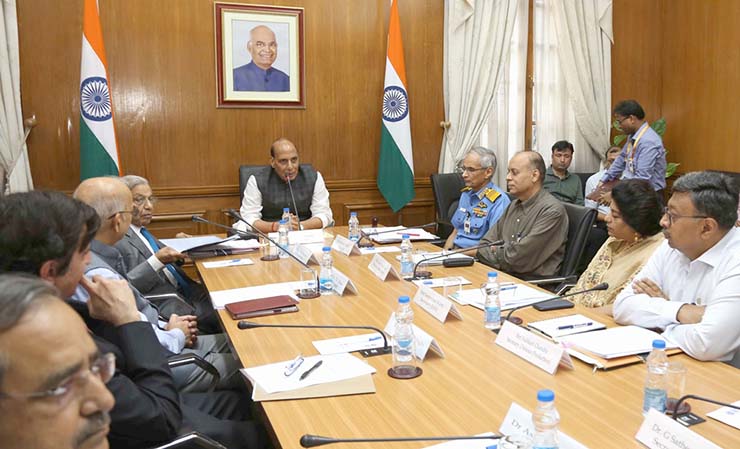
With increasing tension along the borders with Pakistan and the continuing aggressive mode of China’s People’s Liberation Army (PLA) along the Line of Actual Control (LAC), India has stepped up its arms purchase programme. As part of this exercise, the key purchase committee Defence Acquisition Council ( DAC) chaired by Defence Minister Rajnath Singh approved capital acquisitions of various platforms and equipment required by the Indian Armed Forces for an approximate Rs 38,900 crore.
With the government encouraging indigenous industry and Prime Minister Narendra Modi focussing on “Atmanirbhar Bharat,” the approvals include acquisitions from Indian Industry amounting to Rs 31,130 crore.
The equipment is to be manufactured in India involving Indian defence industry with participation of several MSMEs as prime tier vendors. The Indigenous content in some of these projects is up to 80 per cent of the project cost. A large number of these projects have been made possible due to Transfer of Technology (TOT) by Defence Research and Development Organisation (DRDO) to the indigenous industry.
Among the equipment on the shopping list for the armed forces include Pinaka ammunitions, BMP armament upgrades and Software Defined Radios for the Army, Long Range Land Attack Cruise Missile Systems and Astra Missiles for Navy and Air Force. The cost of these design and development proposals is in the range of Rs 20,400 crore.
Even as the Indian Air Force (IAF) would soon be getting the Rafale fighter aircraft from France, it has been long felt to increase the fighter squadron considering that it is below its required strength.
“In the current situation and the need to strengthen the armed forces for the defence of our borders, and in line with our Prime Minister’s clarion call for ‘Atmanirbhar Bharat’ [self-sufficient India], the DAC in its meeting of July 2 held under the chairmanship of Defence Minister Rajnath Singh accorded approval for capital acquisitions of various platforms and equipment required by the Indian armed forces. Proposals for an approximate cost of US$5.55 billion were approved,” the MoD said in a statement.
 Under the approval, India will upgrade 59 of its MiG-29 aircraft and buy 21 more from Russia for about US$1 billion. In addition, India will order 12 Russian-made Su-30MKI fighters from state-owned defence PSU Hindustan Aeronautics Limited for US$1.53 billion.
Under the approval, India will upgrade 59 of its MiG-29 aircraft and buy 21 more from Russia for about US$1 billion. In addition, India will order 12 Russian-made Su-30MKI fighters from state-owned defence PSU Hindustan Aeronautics Limited for US$1.53 billion.
The government approved several indigenous development programmes, including ammunition for Pinaka multi-barrel rocket launchers; an armaments upgrade of BMP-2 infantry combat vehicles; software-defined radios; Nirbhay land-attack cruise missiles; and Astra beyond-visual-range missiles.
The government also approved the emergency purchase of Excalibur artillery rounds for M777 ultra light howitzers from the United States, Igla-S air defence systems from Russia and Spike anti-tank guided missiles from Israel.
As part of its exercise to fast track defence procurement, the government gave special financial powers to the armed forces for purchase of equipment with a ceiling of US$71.42 million to rapidly buy weapons. But these fast-track purchasing programmes will still involve a multi-vendor competition.
Twenty-five of these procurement programmes are for the Army and the Air Force; 10 are for the Navy. The Army is likely to buy ammunition for its T-90 tanks, BMP-2 vehicles, air defence guns, artillery guns and small arms, as well as rockets, missiles and mortars. The Air Force is likely to buy air-to-air missiles, air to-ground missiles, smart bombs, chaffs, flares and precision-guided munitions.
As part of the procurement effort, Defence Minister Singh and Defence Secretary Ajay Kumar visited Moscow from June 22-25 and met Russian Defence Minister Sergei Shoigu, Deputy Prime Minister Yury Borisov and chief of Rosoboronexport Alexander Mikheev.
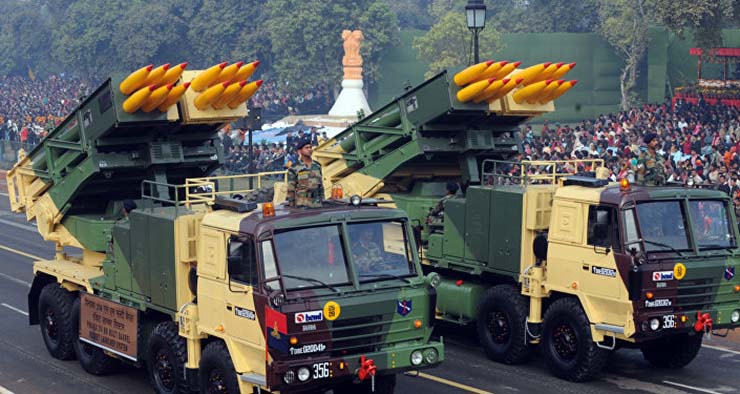
India has sought immediate supply of spare parts for Su-30MKI fighters, Kilo-class submarines and T-90 tanks, as well as the emergency purchase of missiles and specialised ammunition for Russian-origin fighter jets, tanks, warships and submarines.
-Lt Gen AB Shivane (Retd), former director general, mechanised forces, Indian Army
The government plans to ink defence contracts with Russia worth US$800 million to buy weapons and spare parts.
The projects cleared by DAC are expected to be awarded within a year, with technology induction starting after about three years. For fast-track and emergency purchases, induction is to begin within a month and be completed within a year.
In a move to counter the heavy armaments that the Chinese have brought to the border areas with India, DAC approved for the Army emergency procurement of lightweight tanks that can be deployed in high-altitude conditions.
This will be a significant upgrade allowing the reintroduction of light tanks that can play a critical role in areas such as Ladakh, where they can be more nimble than the heavier main battle tanks. The acquisition will be made under the emergency purchase in order to boosts the defences along the LAC.
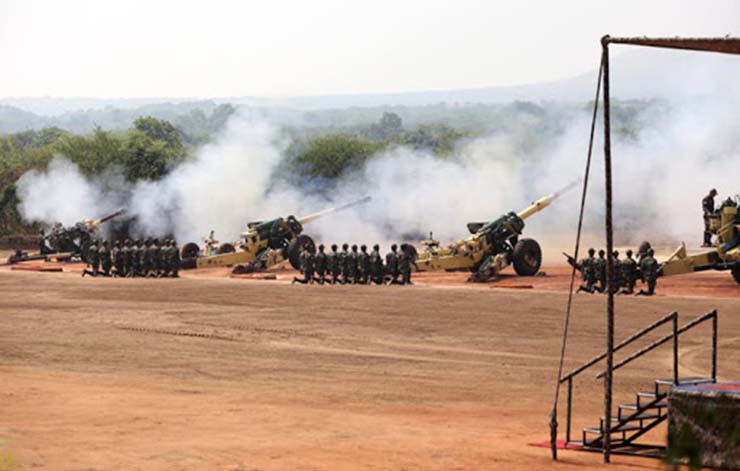
This move comes in the wake of Chinese deployment of new Type 15 light tanks in eastern Ladakh in late April.
The move to go for a new light tank is part of a series of major emergency procurements cleared by the government. It includes new loitering munitions from Israel, more Heron unmanned aerial vehicles, additional Sig Sauer assault rifles, man-portable surface-to-air defence missiles, Spike anti-tank guided missiles and a range of ammunition.
“The satellite imagery visuals of Chinese T-15/ ZTPQ light tanks camouflaged in the depth areas of eastern Ladakh, during the recent standoff, is a wakeup call for upgrading deterrence in areas where medium-category tanks are difficult to employ,” former director general, Indian Army mechanised forces, Lt Gen AB Shivane (Retd), said in a study.
But, there is one major hitch in this since there are limited options as few nations currently produce these tanks.
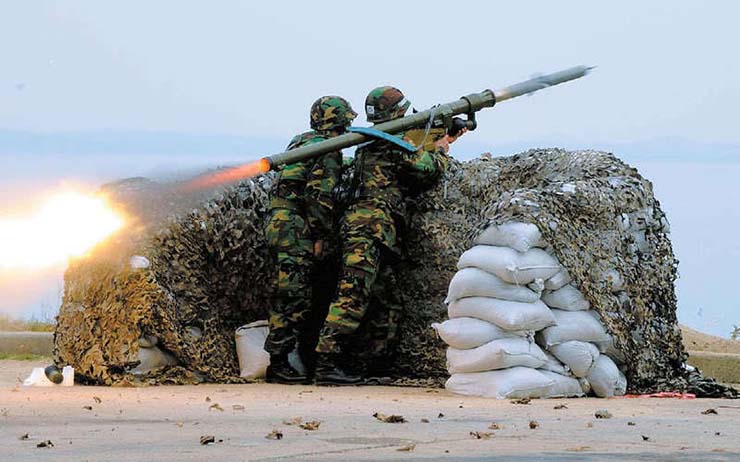
Though India has a robust tank force, all of them are heavy main battle tanks — T72s, T90s and the Arjun — considered more suitable for operations in the plains.
Apart from this equipment, there are plans to import 200 Raven drones, the RQ-11 is not an unfamiliar product to the force.
Though the Army has not reacted to the import of these drones, the Directorate of Infantry is near completing an evaluation of two comparable Indian-built drone systems to meet a requirement under the Mini-UAV (MUAV) programme. As of December 2019, two Indian companies — Tata Advances Systems Ltd (TASL) and IdeaForge — have emerged finalists, though it hasn’t made any forward movement in the last six months, possibly owing to the Covid19 pandemic.
In 2016 the Indian Army ordered 49 Aquilon hand-launched infantry drones, developed by Aurora Integrated Systems, a company funded and supported by TASL.
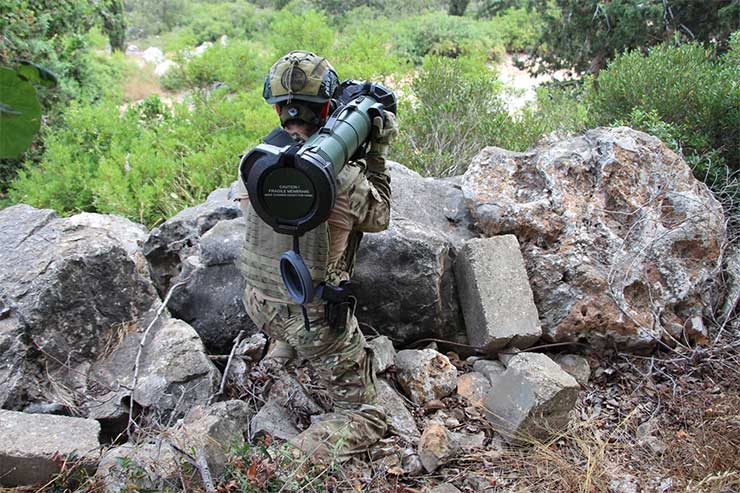
The Indian Army’s drone procurement plan has been piecemeal at best, with no integrated strategy for a meaningful infusion of technologies across combat regiments. In September 2018, for instance, the Army procured an unspecified number of SpyLite drones (video above) from Cyient Solutions & Systems Pvt. Ltd (an Indo-Israeli partnership) for infantry units deployed in Ladakh.
The Indian Army has a separate effort to procure 60 medium performance drones from Indian developers.
-The writer is a senior journalist and media consultant. The views expressed are personal and do not necessarily reflect the views of Raksha Anirveda.








